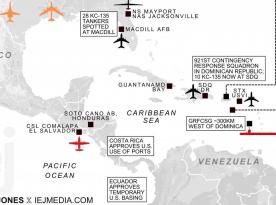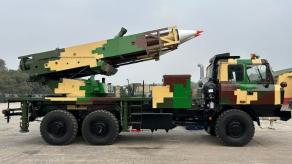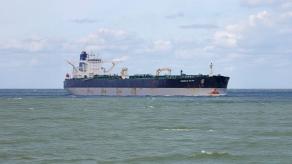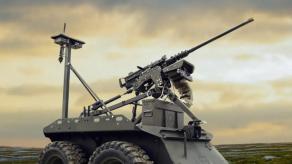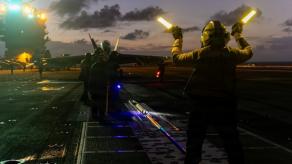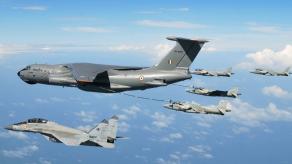The main condition is a financial assistance from Western countries. The government of Pakistan has not yet affirmed or denied the information on the possible delivery of battle tanks to Ukraine.
At the same time, Pakistan has already expressed its support for Ukraine by sending humanitarian aid to assist those affected by Russia's invasion of Ukraine in 2022. The aid was delivered byPakistan Air Force C-130 Hercules aircraft, which flew to Poland and then dispatched the aid to Ukrainian civilians.
Read more: Pakistan Will Help Ukraine’s Military to Send 10 Thousand BM-21 Grad MLRS Rockets At the Invaders
Citing several media, Pakistan will have also delivered to Ukraine 155-mm projectiles, M4A2 propelling bag charges, M82 primers and PDM fuses that were transferred to Ukraine through a port in Poland.
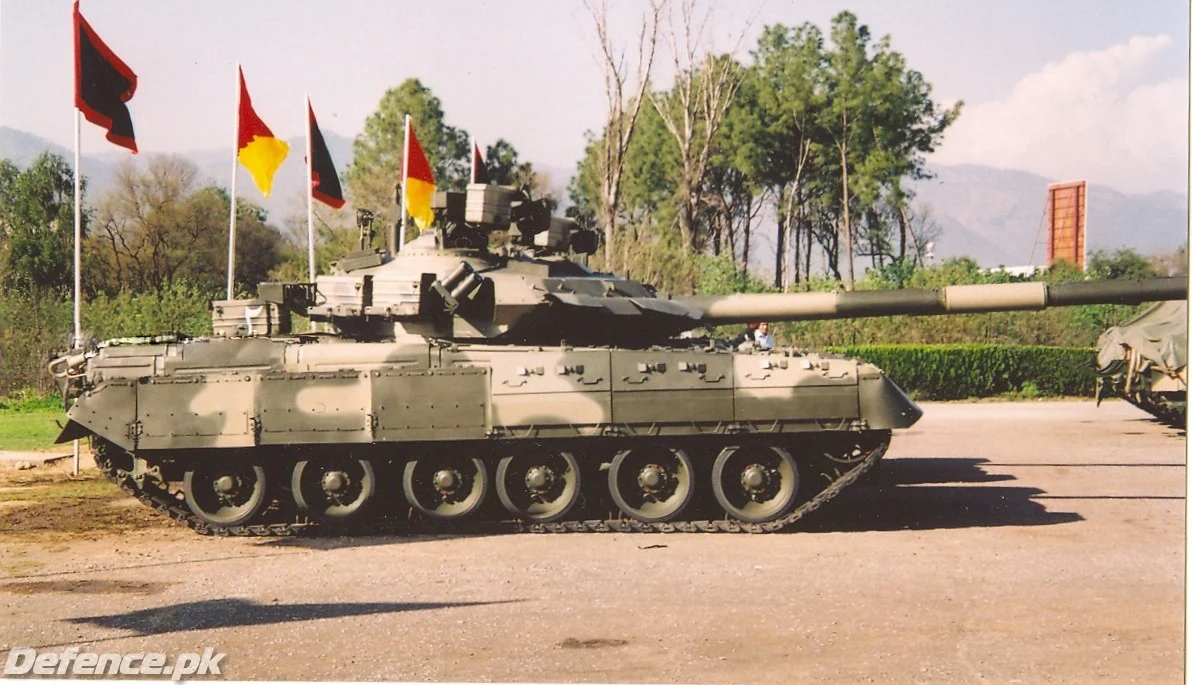
During an interview that was held on February 21, 2023, Dr. Riina Kionka, European Union's ambassador to Pakistan said that Pakistan has been helping Ukraine by sending military and humanitarian aid. However, Pakistan has formally denied reports of arms supply to Ukraine.
Ukraine and Pakistan have close military-industrial ties. In the period since 1991 to 2020, Ukraine signed arms supply contracts with Pakistan totaling almost $1.6 billion. In addition, last year, Pakistan and Ukraine agreed to optimize military ties, in particular in the field of defense production, personnel training, counter-terrorism activities and intelligence.
According to the Military Balance, the Pakistani armed forces have a total of 2,467 MBTs (Main Battle Tanks) including 300 Al-Khalid (MBT 2000), 80 Al-Khalid I, 315 T-80UD, 500 Al-Zarrar, 400 Chinese Type-69, 268 Chinese Type-85-IIAP, an undisclosed number of Chinese VT-4 and 600 Chinese ZTZ-59.
The T-80UD is an improved version of the Soviet-made T-80 that was first introduced in 1987. This tank is motorized with a Diesel engine and replaces the original gas turbine. The "UD" in the name stands for "Ukrainian Diesel", as the tank was powered by a diesel engine manufactured in Ukraine.
The T-80UD was developed at the Malyshev Plant in Kharkiv (Ukraine).
The T-80UD has a conventional layout with the driver's compartment at the front, a two-man turret in the center, and engine and transmission at the rear.
The main armament of the T-80UD consists of a 125mm smoothbore gun, which can fire a variety of ammunition types, including armor-piercing fin-stabilized discarding sabot (APFSDS) rounds, high explosive anti-tank (HEAT) rounds, and high explosive fragmentation (HE-FRAG) rounds. The gun can also fire a laser-guided missile called the 9M119 Svir, which has a range of up to 5 kilometers and is designed to engage heavily armored targets.
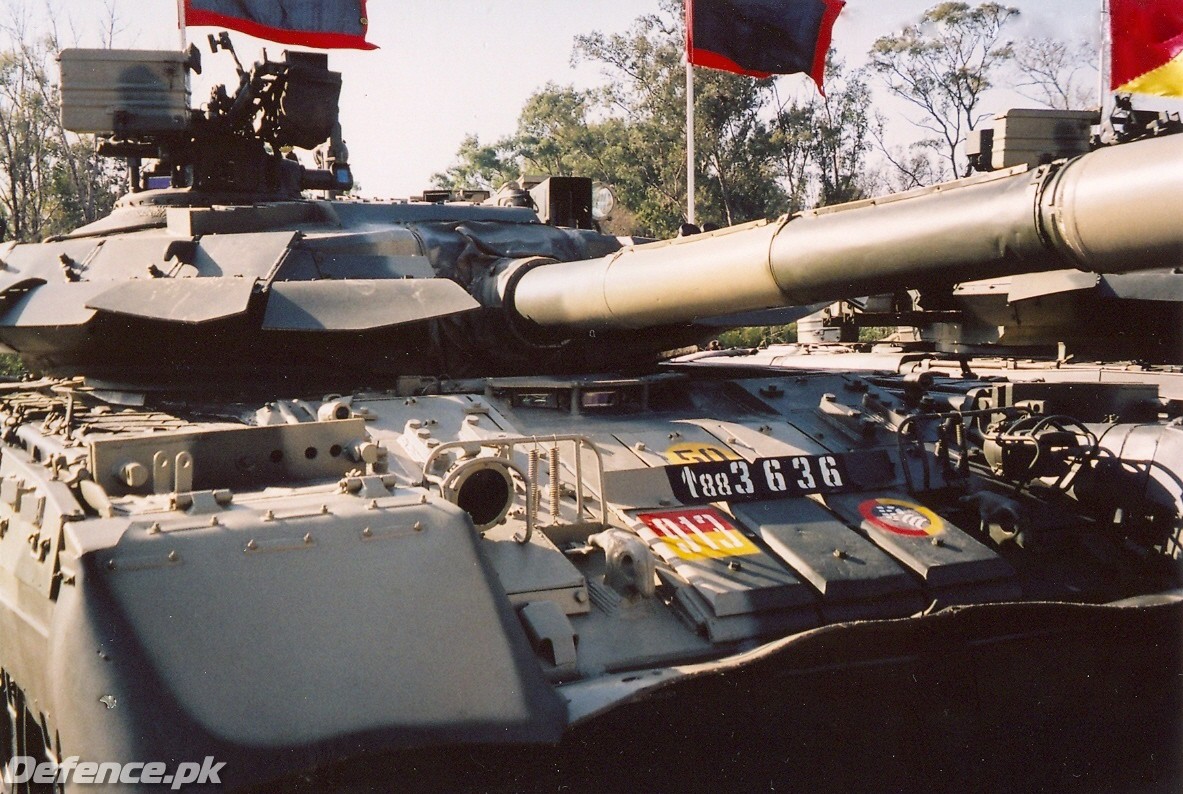
The T-80UD features composite armor made of layers of ceramic materials and steel. The armor is designed to provide protection against a wide range of threats, including armor-piercing shells, rocket-propelled grenades, and anti-tank missiles.
The frontal turret armor of the T-80UD is especially well protected, with composite armor blocks and a thick steel casting. The turret sides and rear are also protected with composite armor, while the hull features additional layers of steel and composite materials. The tank's belly is protected with a layer of explosive reactive armor (ERA), which detonates upon impact to disrupt the incoming projectile's kinetic energy.
The T-80UD is powered by a model 6TD-1 6-cylinder diesel engine developing 1,000 hp. The tank is fitted with a torsion bar suspension consisting on each side of six forged steel-aluminum rubber-tired road wheels, a drive sprocket at the rear, an idler at the front, and five return road wheels. The tank can run at a maximum road range of 60 km/h with a maximum cruising range of 560 km.
Read more: Great Britain Made Air Bridge Between Pakistan and Romania to Transport 122-mm Shells to Ukraine





